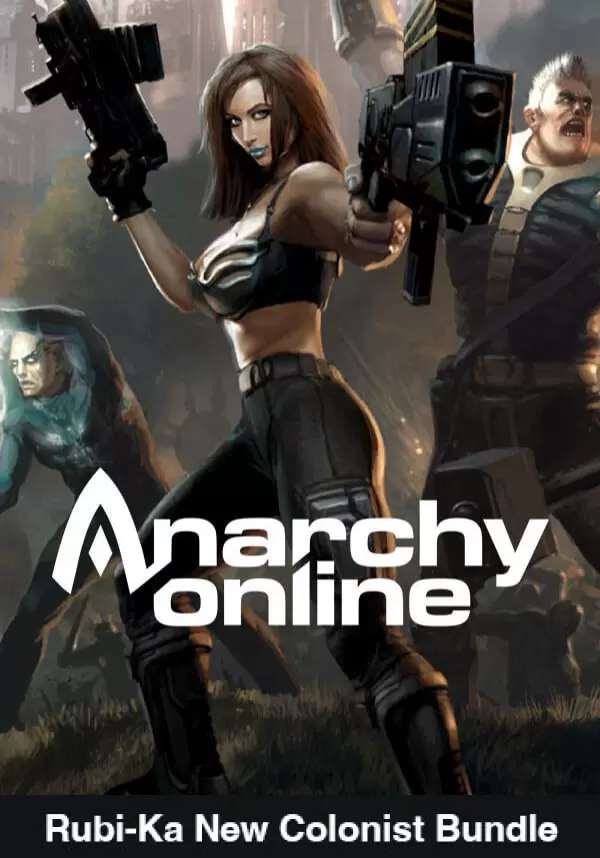SpellForce 3 Reforced
SpellForce 3 — идеальный гибрид RTS и RPG!
518 год. Так называемые Войны Магов. Восстание магов в конце концов было подавлено войсками Короны. Эта победа, однако, не принесла облегчения: в далеких провинциях царит анархия, по всей стране оставшиеся без крова беженцы ищут новый приют. Кроме того, замечены вспышки новой смертоносной болезни, получившей название "кровный жар".
В подобные времена люди цепляются за любую надежду. "Праведный свет", возглавляемый харизматичным Рондаром Лекайном, утверждает, что все беды от магов, и лишь второе пришествие Аонира, отца всех богов, способно вернуть Эо былое величие.
История происходит до событий SpellForce: The Order of Dawn.
Особенности:Инновационная комбинация: уникальный геймплей, непринужденно объединяющий ролевую игру и стратегию в реальном времени
Творите и изменяйте: создайте собственного персонажа и выбирайте способности из множества разнообразных категорий
Стройте и воюйте: создавайте армии, чтобы сокрушить противника в сражениях эпических масштабов
Эпический мир: окунитесь в насыщенный мир и раскройте тайные предпосылки сложившейся ситуации. Исследуйте огромный мир Эо, полный интересных персонажей и захватывающих историй.
Находите новых друзей: соберите отряд из встретившихся вам персонажей – ваш выбор не только скажется на игровом процессе, но и может изменить ход сюжета. Развивайте их способности и улучшайте снаряжение, чтобы гарантировать себе победу на поле боя.
Выберите сторону: примите под командование одну из трех фракций: эльфов, орков или людей. Подготовьте войска к решающему сражению. Разрабатывайте стратегии, используйте рельеф местности, построения, поле зрения и своевременную разведку.
Захватывающий сюжет: насладитесь полностью озвученной сюжетной кампанией на 30+ часов в одиночку или совместно с друзьями.
Сетевая игра: вас ждут различные режимы, в которых другие игроки могут быть как вашими противниками, так и союзниками.
Reforced Edition Features:Углублённый игровой процесс:
улучшенная механика и переработанный дизайн фракций RTS-режима (людей, орков и эльфов) из дополнений Fallen God и Soul Harvest;
расширенные деревья навыков с добавленными в них заклинаниями из дополнений к игре;
улучшенные сюжетные линии;
переработанное распределение трофеев для более плавного развития персонажей;
переработанная система изготовления предметов;
переработанный баланс ИИ в RTS-режиме;
обновлённая база, экономящая ваша время;
вычищенные нестыковки в сюжете и заданиях;
улучшенный режим совместной игры. Визуально и функционально улучшенный интерфейс из дополнений.
Полноценная поддержка управления с помощью геймпада в игре и меню.
Каньон слез – новая карта для "Стычки", расположенная в горной местности.
Странствие – новый игровой режим, сходный с режимом бесплатной игры в изначальной SpellForce, включающий в себя более 20 часов уникального контента и возможность многократного повторного прохождения. Подходит для совместной игры!
"Стычки" Странствия: разыгрывайте PvP-стычки с участием героев вашего Странствия.
Арена – новый бесконечный режим, позволяющий взять свежего персонажа и сразиться им против нескончаемых волн чудищ, покупая у торговцев снаряжение и заклинания и соревнуясь с другими игроками за верхние строчки рейтинга. Подходит для совместной игры.
Улучшенная поддержка пользовательских модификаций, в том числе в режимах Странствия и Арены. Создавайте собственные карты для Странствия или Арены и обменивайтесь ими с другими игроками.




















